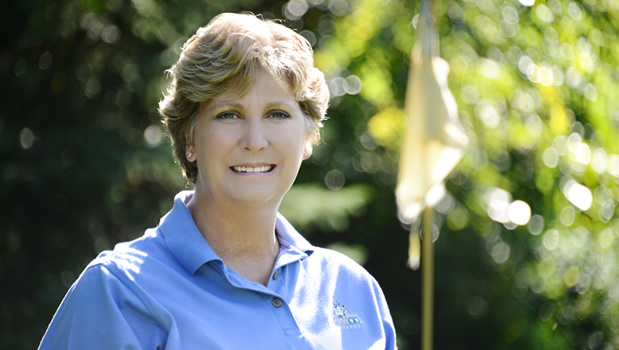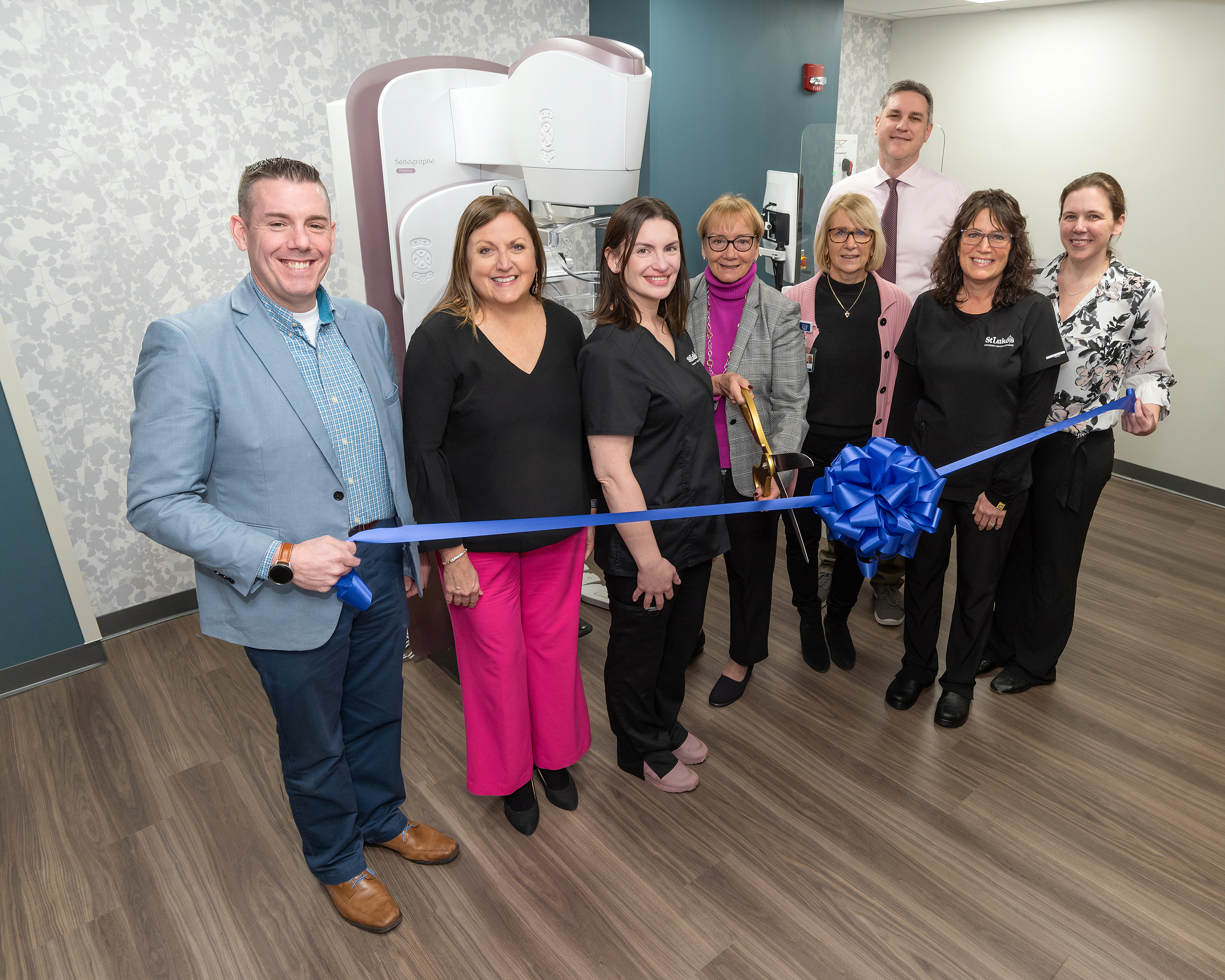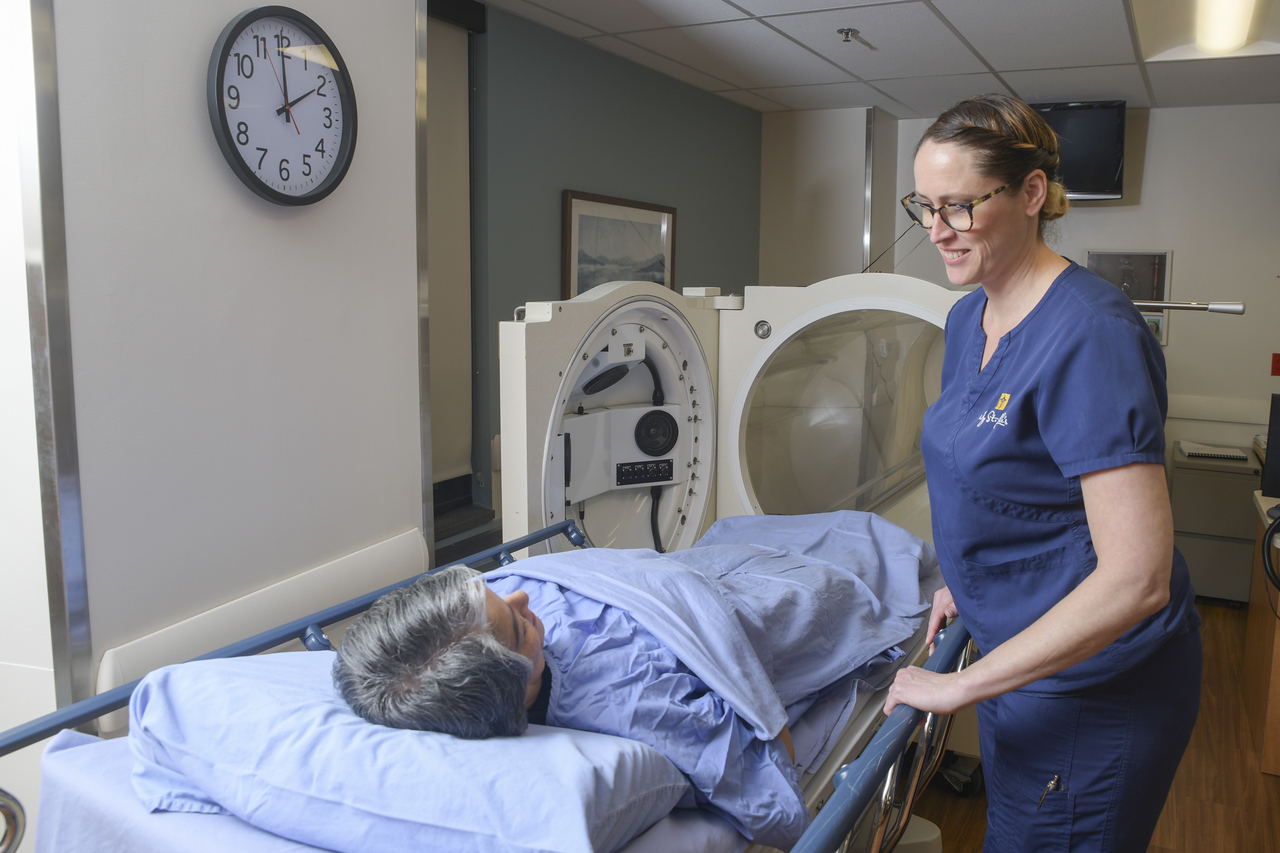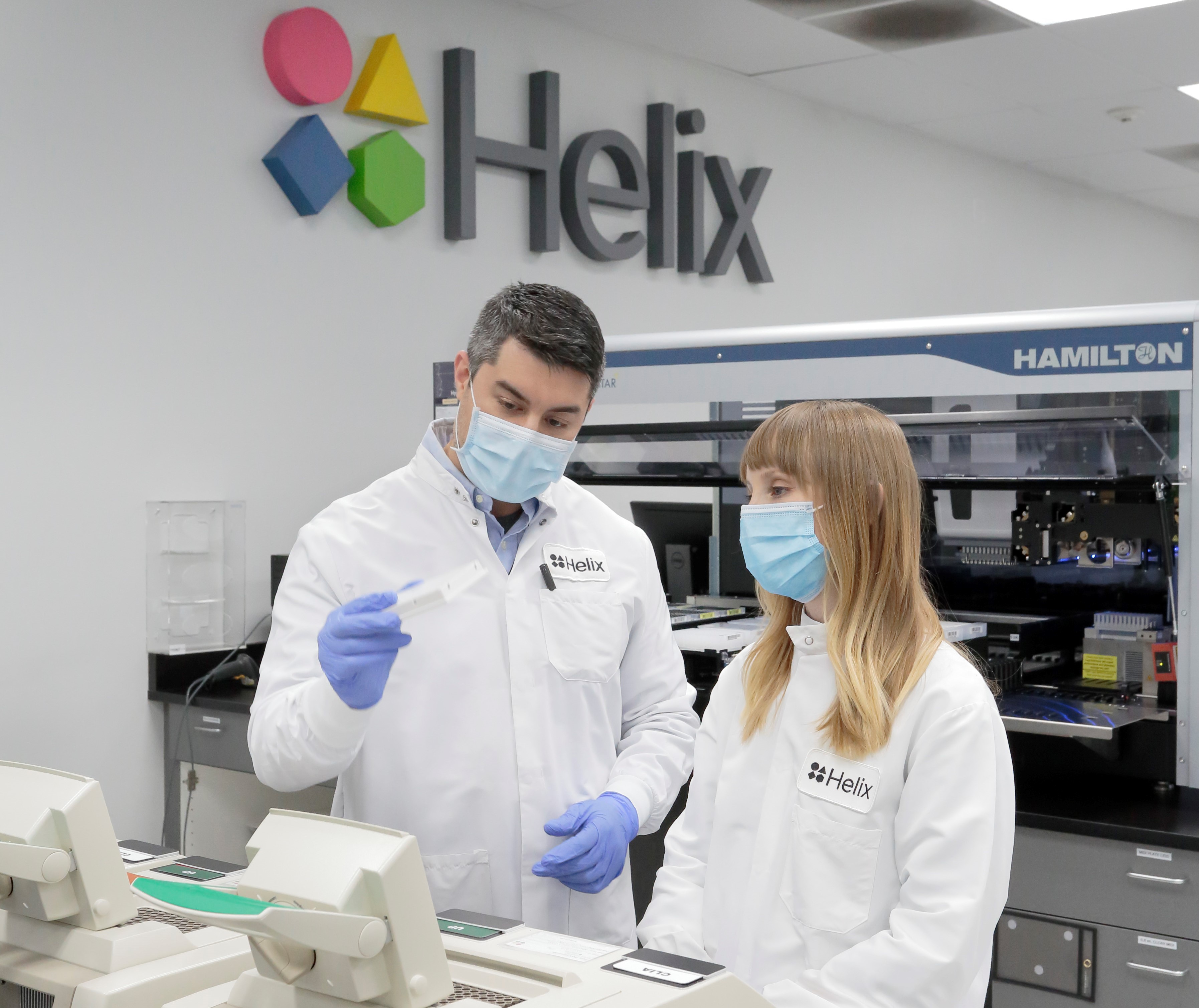Blog

“Surreal” is the world that Janice (Jan) LaPorta uses to describe her feelings as the doctor told her she had a football-sized mass growing in her abdomen. It was her 25th wedding anniversary – May 23, 2012 – and she was being referred to an oncologist.
“We had dinner plans,” she says. “Then you get hit with that bombshell.” Jan was surprised because she didn’t have a family history of cancer, took care of herself, and felt well. She even played a round of golf just two days earlier.
Jan’s first symptom appeared when she was vacationing in Costa Rica. She felt a tingle in her upper arm. Upon arriving home, she went to her family doctor, where ultimately she was diagnosed with blood clots and admitted into the hospital. Several weeks later, pain in her abdomen sent her again to the hospital, where an ultrasound revealed the mass.
Based on recommendations from both her gynecologist and her primary care physician, Jan scheduled an appointment that day with gynecological oncologist Nicholas Taylor, who impressed her immediately.
“Dr. Taylor is a rare breed,” Jan says. “He has a very comforting way of telling you about your diagnosis and prognosis. He takes all the time you need to answer your questions and address your concerns.”

Dr. Taylor suspected ovarian cancer. Besides the mass, Jan had experienced some pain and bloating. A blood test showed elevated levels of CA125, a protein found in the body, which often indicates ovarian cancer. While the normal level is under 20, Jan’s was over 1200, he says.
On May 29, 2012, Dr. Taylor performed a complete hysterectomy at St. Luke’s University Hospital – Bethlehem. He also removed Jan’s appendix. Unfortunately, Jan was still in the hospital when her daughter Christina graduated from high school. Not wanting her to miss this milestone event, Jan’s friends coordinated streaming the commencement ceremony through their iPad.
Pathology studies confirmed ovarian cancer, as well as a secondary cancer, synchronous endometrial cancer. Fortunately, both cancers were still in early and highly treatable stages. Dr. Taylor also suggested Jan be screened for Lynch Syndrome, an inherited condition that increases the risk of colon and other cancers (see sidebar below), including uterine. She did not have it.
Meanwhile, she received monthly chemotherapy treatments. With laptop and cell phone, Jan busied herself returning calls and emails. A sales representative for a global pharmaceutical packaging company, she never missed a single day of work and even arranged her travel schedule so she wouldn’t be on a plane when her immune system was most compromised.
“Having cancer is incredibly humbling, especially when you are in the chemotherapy center,” she said. “You see that cancer affects all people – men and women, elderly, middle-aged and young. Cancer is not forgiving to anyone.”
Crediting Dr. Taylor’s “chemotherapy cocktail,” Jan experienced few side effects besides hair loss. In fact, she opted to immediately start maintenance chemotherapy.
An option available to patients, Dr. Taylor explains that extending chemotherapy sessions once a month for a year has been shown to postpone recurrence. Unfortunately, it does not extend five-year life expectancy.
“Whether a patient decides to continue with chemotherapy is purely a personal decision,” he says. “Because Jan was relatively young, had few side effects and was not bothered by hair loss, it was a good option for her.”
Jan says acknowledging that she had cancer and knowing it might come back has been most difficult part of the ordeal.
“For me, cancer came wicked; and came fast,” she says. “The support of Dr. Taylor and his staff was so comforting. I have never encountered a group of people who were so caring about their patients. Their follow-up care was excellent.”
Dr. Taylor believes Jan’s prognosis is excellent given that they were able to remove all of the cancerous cells. Her healthy lifestyle, coupled with her positive attitude, will contribute to her chances of living a long, healthy life.
“She faced all of this with tremendous courage,” Dr. Taylor said. “She was always rational and her optimism was inspiring. She didn’t let the disease beat her. Mentally, she beat it.”





